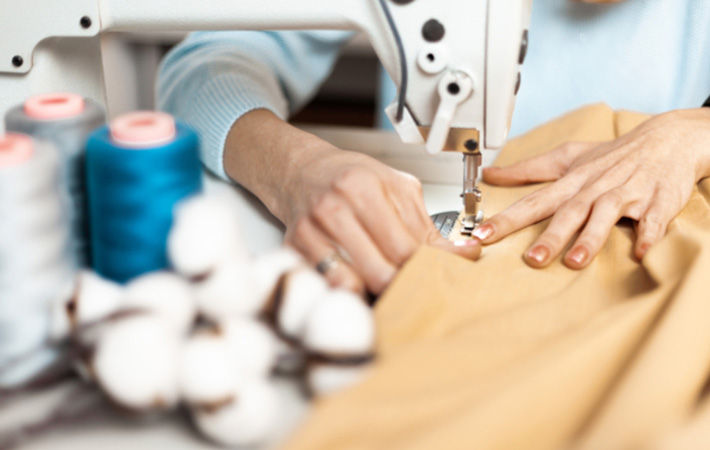
So far, the domestic industry has been focused on what the International Labour Organisation’s (ILO) 2021 report on the garment industry in Southeast Asia described as the ‘cut-make-trim business model’. It is the lowest-value segment of the supply chain, depending on importing raw materials, equipment, and designs. It relies on a low-skilled workforce and a labour-intensive model driven by low wages.
Ken Loo, secretary general of the Garment Manufacturers Association in Cambodia (GMAC), doesn’t see the industry’s workforce as being exactly low-skilled. “Upskilling is what is needed, and it’s always been a part of training the workforce,” he said while agreeing with the MEF’s point of needing to create more upstream and downstream industries in the country to support the sector.
“It would involve aligning with the buyer’s needs to see more renewable energy and environmentally friendly production methods such as dealing with wastewater discharge and waste material, and introducing more use of solar and clean energy,” Loo was quoted as saying by Cambodian media reports.
As a huge amount of waste ends up in landfills, Loo wants to see greener ways of waste disposal like incineration.
Fibre2Fashion News Desk (DS)